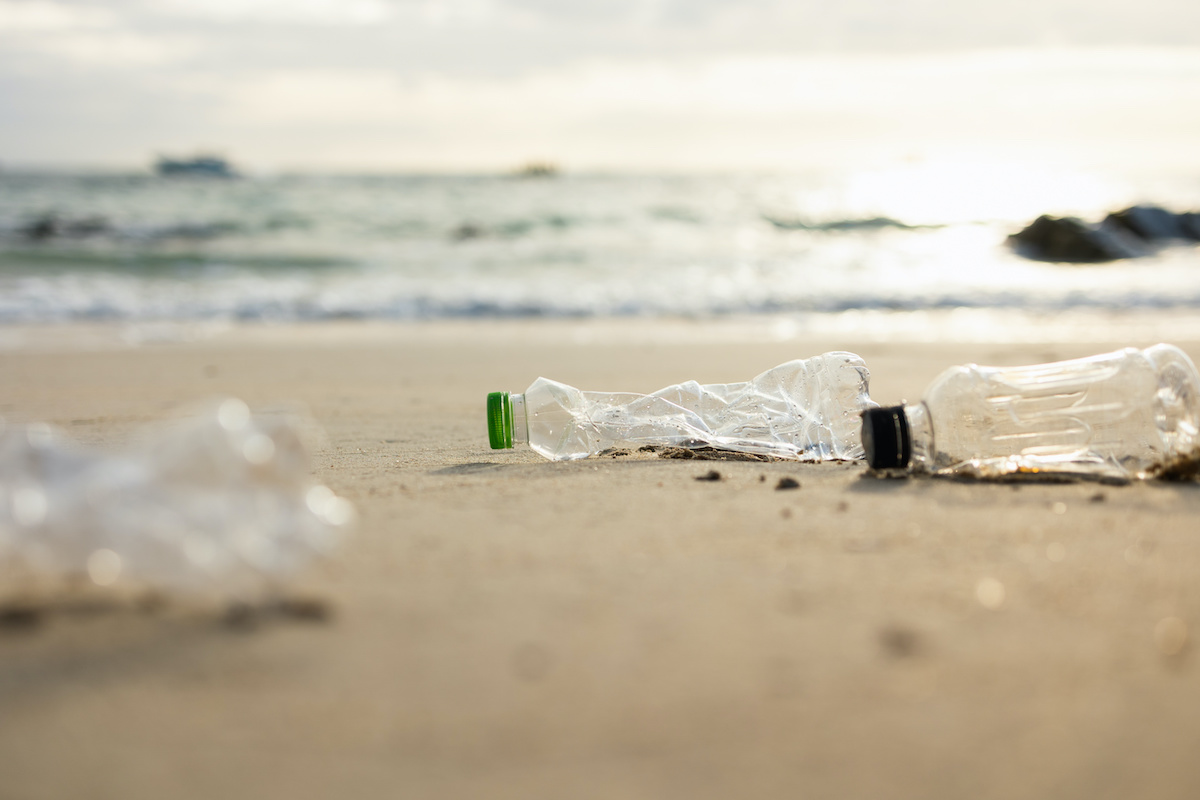Plastics are ubiquitous and do not decompose. Every piece of plastic produced since 1907 still exists. A combination of physical, biological, and sunlight exposures can degrade plastic debris, but at most to a micro or nano scale. In essence, plastics pollute land, water, and air, posing environmental and health issues for all living creatures.
Scientists are beginning to realize that this longevity dilemma might be solvable, since many species build strong, long-lasting materials that still break down into simpler compounds that can be reused by other organisms in a healthy, regenerative cycle. Plastics are made of repeating units called monomers, which can be bonded together in long, sturdy chains called polymers.
Natural organisms also produce complex polymer chains, but they can be broken down when enzymes fit into the bonds between monomers. These enzymes, found in the natural world, catalyze chemical reactions that unlock the bonds and break the chains into their component parts. With plastics, microbes and enzymes are only able to attack the surface, leaving the bonds mostly intact and out of reach of enzymes.
Thinking to help facilitate the degradation of plastics, scientists tried embodying enzymes directly in the production process. The high heat and great pressure of manufacturing, however, damaged the sensitive enzymes before they could work their magic.
At one company, called Intropic Materials, researchers surmounted this barrier by basically taking another process from the natural world and combining it with plastics. Specifically, they utilized specialized types of molecules that exist inside many organisms called “chaperone proteins” that assist enzymes to “switch on” or move to where they need to be to work effectively.
Before embedding these proteins in the production process, they found that first they needed to wrap them in a biodegradable cover to protect them when plastic is melted and extruded. Thus undamaged, the enzymes can do their job when the plastic’s useful life has ended. When exposed to composting conditions, i.e., moderate heat and moisture, the enzymes eat the plastic from the inside out within hours or days — not simply breaking it down into microplastics, but disintegrating it back into simpler, reusable molecules as soil or even new plastics.
Efforts to recycle plastics have only been marginally successful. Our attempts to wean ourselves off plastics have been even less successful. But now, by bringing together natural and synthetic materials and processes, Intropic Materials is opening the door to a more innovative and sustainable future.




